
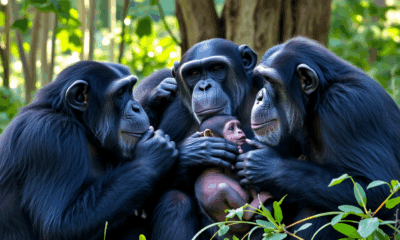

Female chimpanzees that forge strong, grooming-rich friendships with other females dramatically boost their infants’ odds of making it past the perilous first year—no kin required. Three...



Cats overwhelmingly choose to sleep on their left side, a habit researchers say could be tied to survival. This sleep position activates the brain’s right hemisphere...



In a twist on conventional wisdom, researchers have discovered that in ocean-like fluids with changing density, tiny porous particles can sink faster than larger ones, thanks...
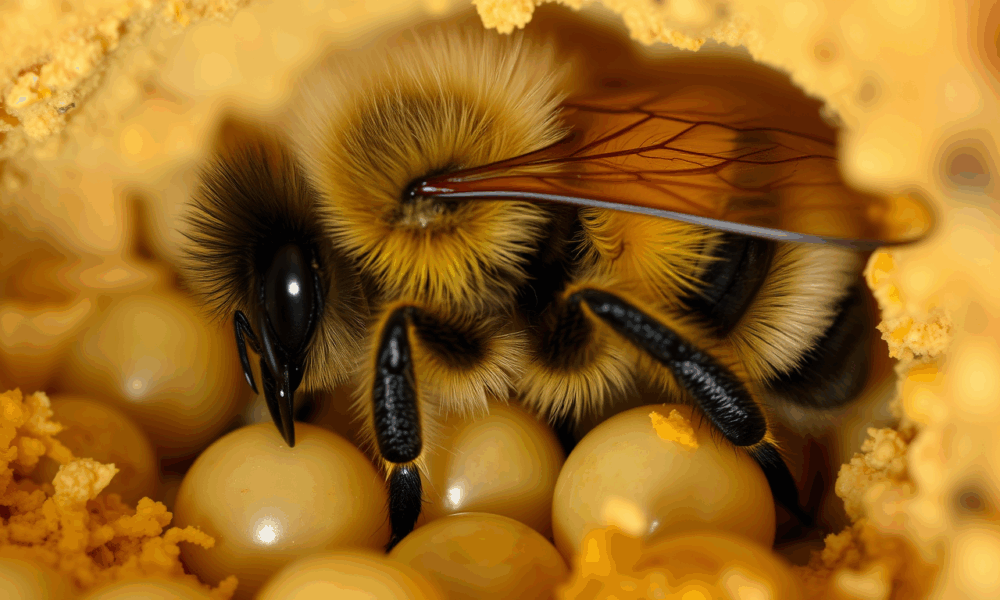
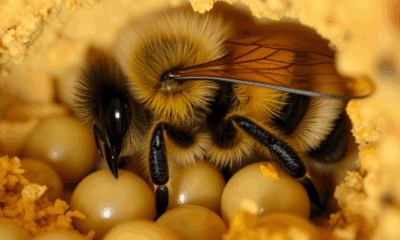

Bumblebee queens don t work nonstop. UC Riverside scientists discovered that queens take strategic reproductive breaks early in colony formation likely to conserve energy and increase...
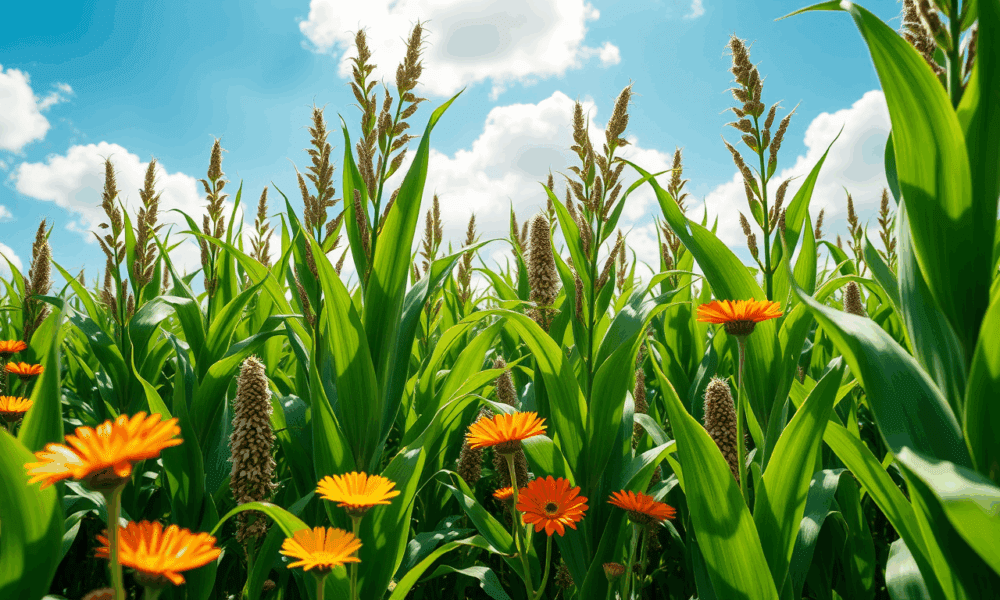


Scientists have discovered that a molecule known for defending animal immune systems called itaconate also plays a powerful role in plants. Researchers showed that itaconate not...



As psychedelics gain traction as potential treatments for mental health disorders, an international study stands to improve the rigor and reliability of clinical research.
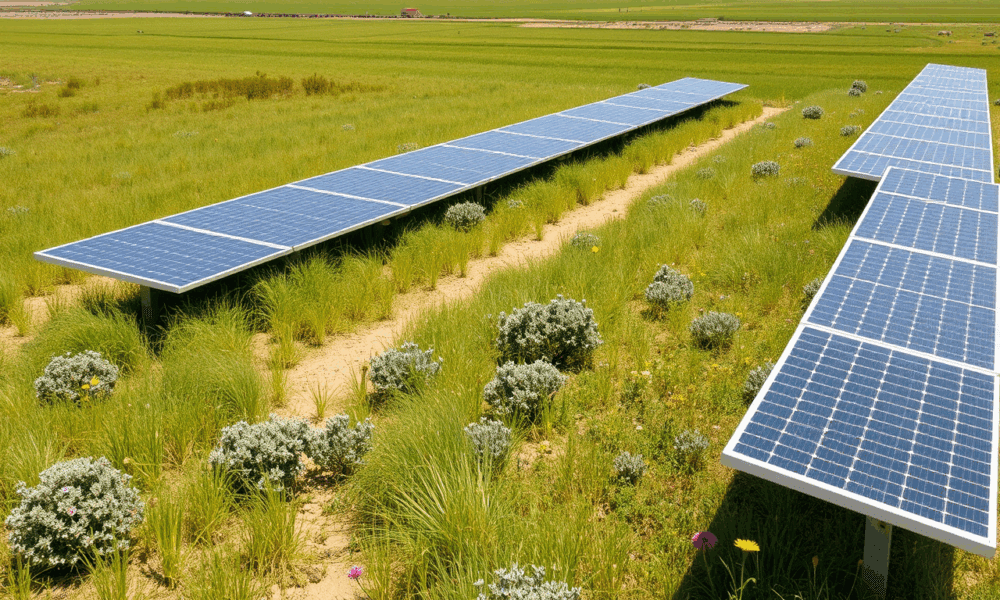
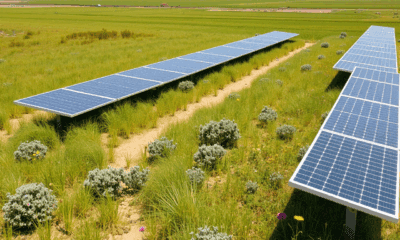

New research shows that the presence of solar panels in Colorado's grasslands may reduce water stress, improve soil moisture levels and -- particularly during dry years...

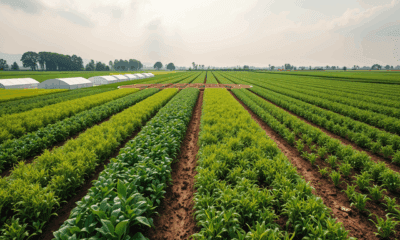

Scientists have pioneered a new way to breed climate-resilient crops faster by combining plant genebank data with climate and DNA analysis. The method, tested on sorghum,...
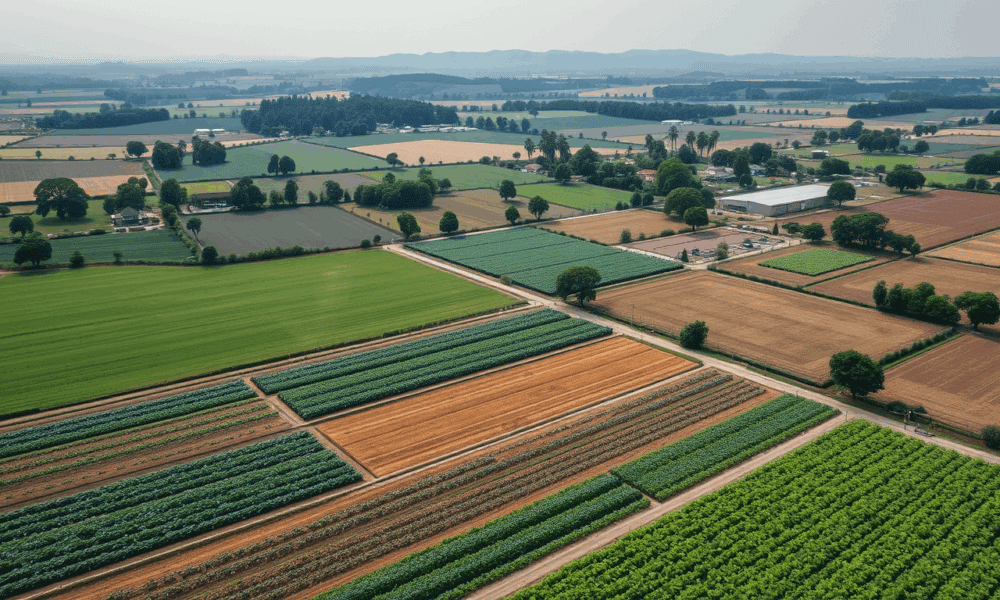
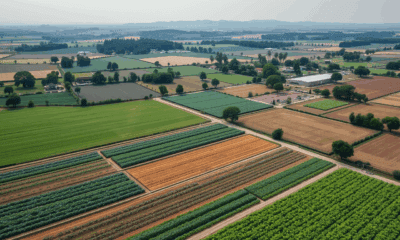

To achieve the European Green Deal's goal of 25% organic agriculture by 2030, researchers argue that new genomic techniques (NGTs) should be allowed without pre-market authorization...
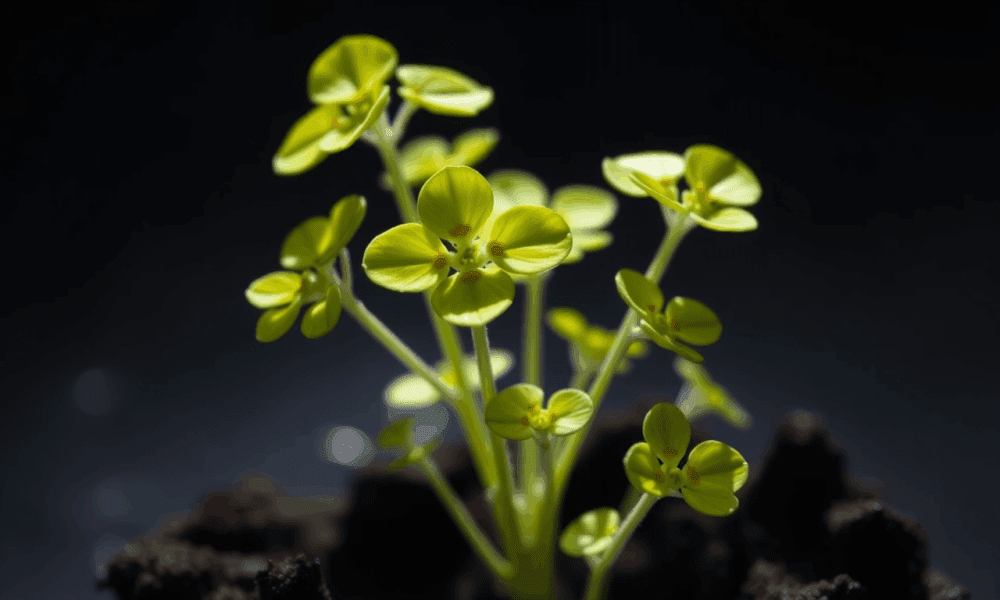
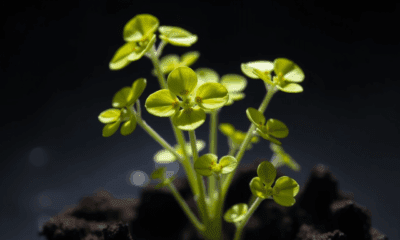

Researchers have discovered a protein that is involved in plant leaf aging.